Back in 2013, as a new parliament settled in after a typically rough Kenyan general election, and the newly-elected MPs – ever conscious of their real priorities – set out to raise their salaries and allowances, we witnessed an astonishing spectacle on the streets outside Parliament.
A group of civil society activists arrived with a lorry-load of pigs, and buckets of blood, and staged a major campaign against the “MPigs” as they called our duly elected leaders.
That very evening, I was scheduled to meet with a journalist from what I shall merely define as “a neighbouring country” who was actually living in Kenya at the time, as an exile. He had fled to Nairobi following threats to his life.
He had also watched the “MPigs” demonstration on TV and had been utterly amazed. Actually, more impressed than amazed. For as he told me, such a thing was absolutely impossible in his country.
If any “activists” of any kind had dared turn up with pigs and blood outside his country’s parliament for any kind of demonstration, a few canisters of teargas is not what they would have received as a response from state security forces. Rather they would have been severely beaten and a few of them shot – prior to being arrested. Fatalities were not to be ruled out.
Well, what at that time may have seemed to be a uniquely provocative form of political protest has long since been overtaken by events elsewhere.
Those Kenyan demonstrators actually allowed MPs to pass and go into Parliament. That now seems incredibly mild, when compared to events in the US earlier this year, which led to the hurried evacuation of just about every congressman and senator in that country, as an angry mob arrived to demand that the President-elect Joe Biden’s victory should not be formalised.
Those videos of Donald Trump’s supporters storming the US Capitol – some of them openly carrying crude weapons – shocked the whole world.
For as has been repeatedly stated by American media commentators, if that mob had managed to catch the then US Vice President, Mike Pence, who was one of their principal targets, there is no telling what would have happened.
Well, here in Kenya I am certain that if a wild group of demonstrators turned up at some government building and invaded it with the explicit intention of harming the Deputy President, the result would be something approaching a massacre.
Indeed, the massacre would take place outside that building, not inside it: following a brief warning that they must immediately disperse, the demonstrators would be met with a hail of bullets while still on the streets.
All this carries a lesson for us, at this time of accelerated political activity.
It would seem that a political demonstration which in one country would be regarded as extreme provocation justifying an equally extreme reaction from the security forces, will in another country be viewed as disturbing enough, but more or less controllable.
So, the important thing is to be able to figure out in advance, how things are likely to turn out.
The question here is this: At what point does “controllable” political violence spiral into the “uncontrollable”?
In other words – and admitting that we will most likely continue to have some degree of election-related violence in Kenya – what (or where) is the red line which if we cross it, will lead to long-lasting and possibly irreparable damage?
One of the lessons of the January 6, 2021, storming of the US Capitol is that if violence is clearly foreseen and plans made to thwart the attackers, then it is easy enough to stop the attack before it even begins. But when there has been a failure to stop such election-related violence, it has usually been because the authorities underestimated the force with which such violence was likely to explode.
And so, although it is difficult to get a country to focus on a threat that has yet to make itself manifest, we must all the same keep our eyes firmly on the lookout for storm clouds on the horizon.
And we must stop such politically instigated violence before it gains momentum.


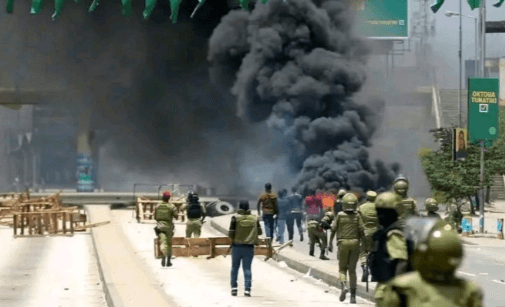

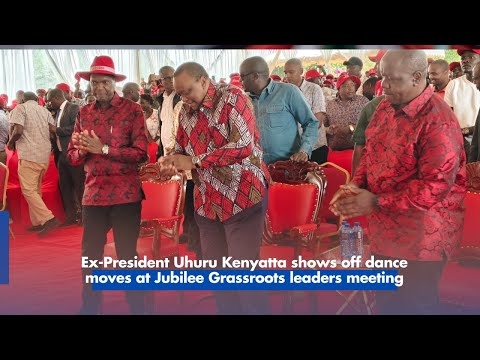
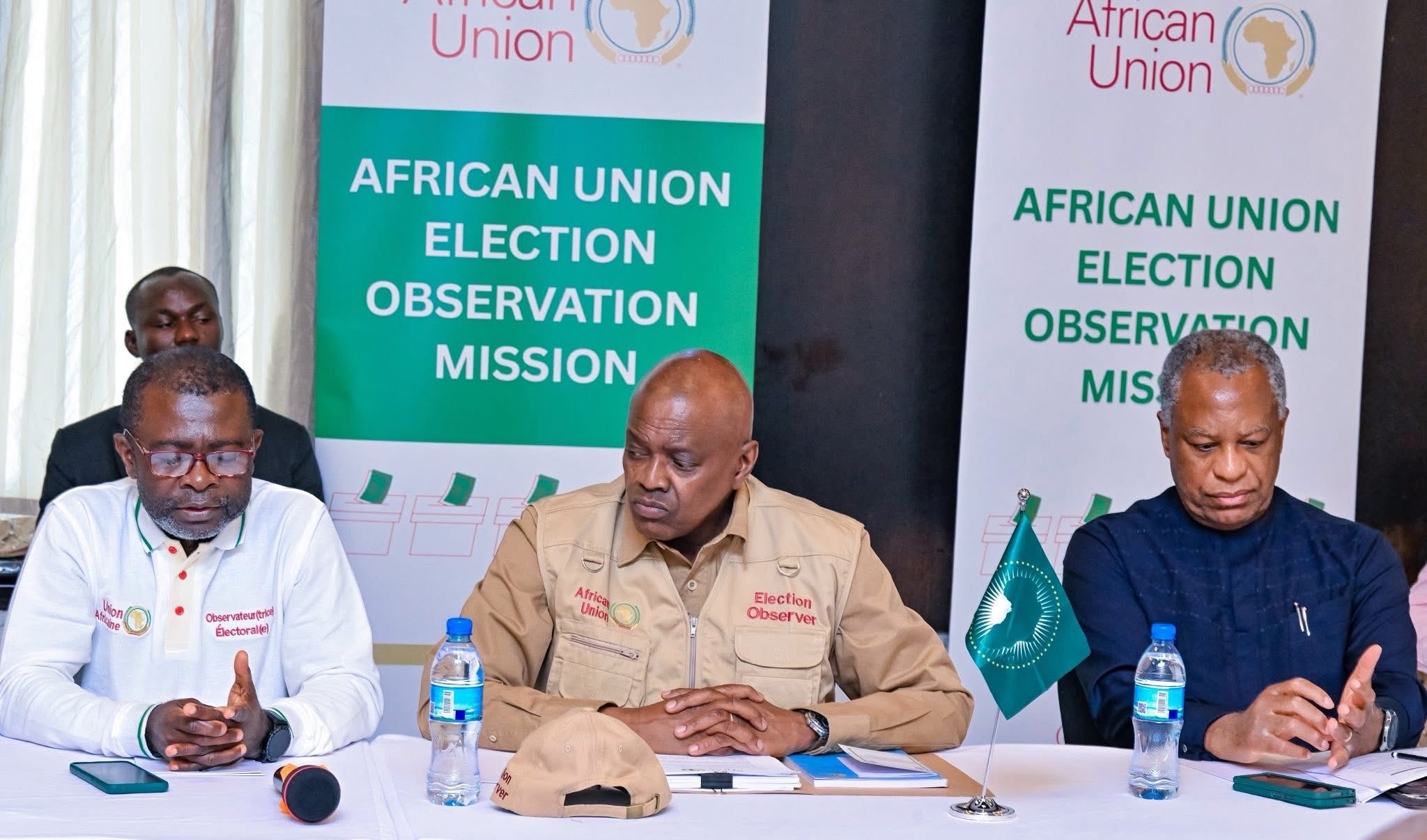


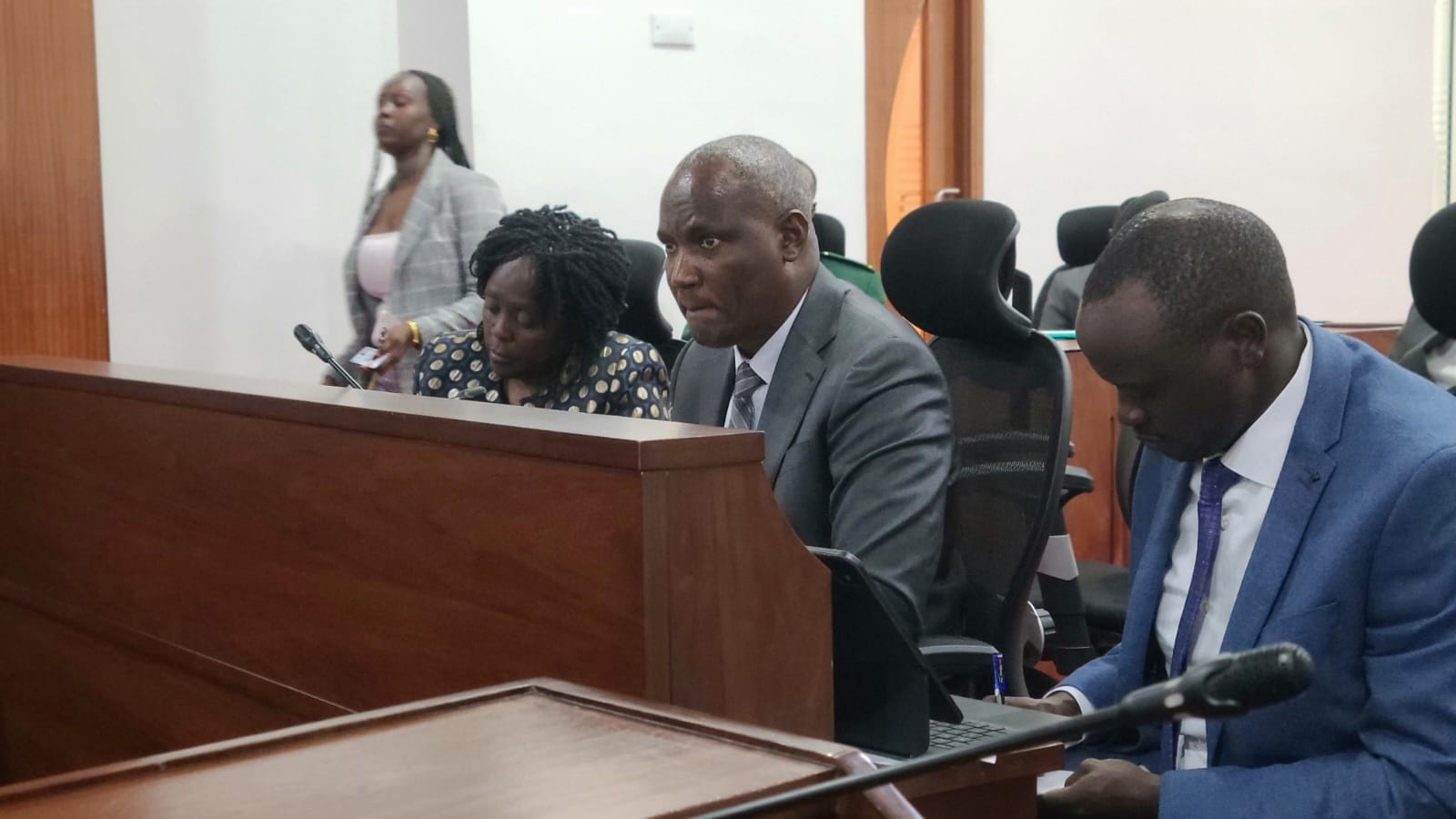
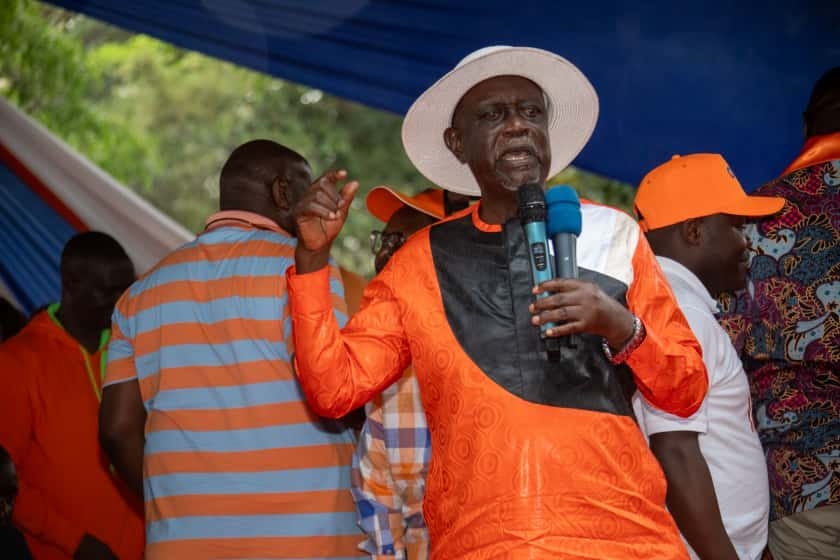
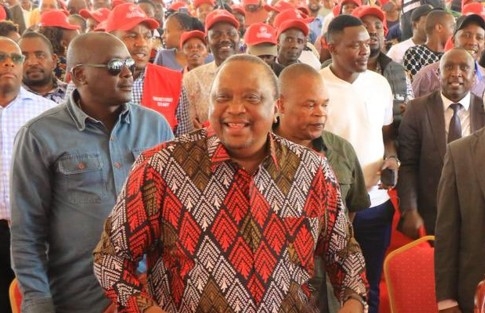
![[PHOTOS] Uhuru leads Jubilee grassroots meeting in Murang’a](/_next/image?url=https%3A%2F%2Fcdn.radioafrica.digital%2Fimage%2F2025%2F11%2F0b2a49cd-52fb-4a92-b9dc-26e253825a4a.jpeg&w=3840&q=100)
